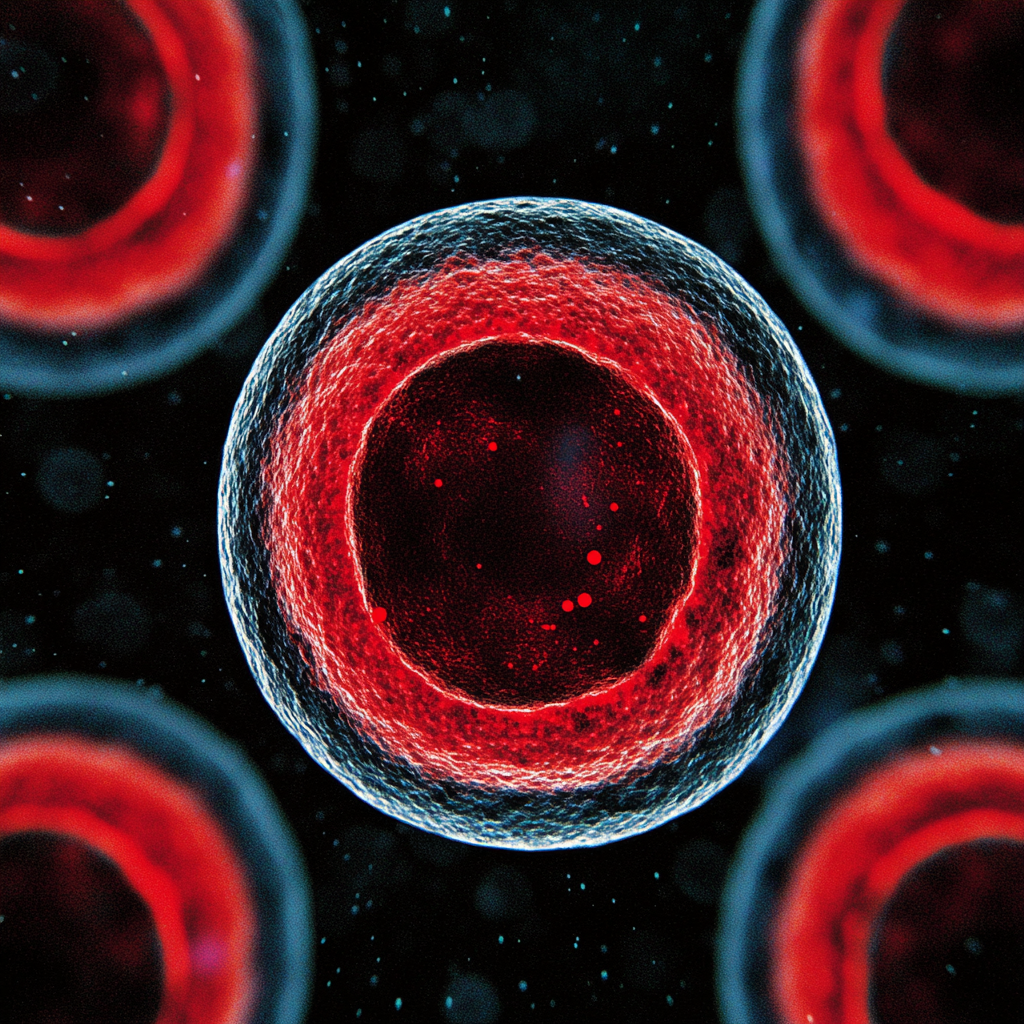Study Overview
This study looked at two methods to help patients with a condition called large-angle exotropia, where the eyes drift outward. The methods explored were augmented lateral rectus (LR) muscle recession using hang-back and Z-tenotomy techniques.
Study Details
A total of 62 patients participated in this clinical trial. They were split into two groups:
- Group A: 34 patients received the hang-back method.
- Group B: 28 patients received the Z-tenotomy method.
Researchers measured eye alignment, vision, eye movement, and patient satisfaction after 6 months.
Results
In Group A (hang-back method):
- 64.7% of patients achieved normal eye alignment.
- Central vision improved significantly, from 41.4% to 68.9%.
- Stereopsis (depth perception) improved from 31.03% to 65.5%.
In Group B (Z-tenotomy method):
- 39.3% of patients achieved normal eye alignment.
- Central vision improved from 25% to 46.4%.
- Stereopsis improved from 21.4% to 35.7%.
Both methods showed no significant complications.
Conclusions
The hang-back method is effective for treating large-angle exotropia, while the Z-tenotomy method is suitable for smaller angles.
Measurable Outcomes and Goals
Clinics can set goals based on these findings, such as:
- Increase the percentage of patients achieving normal alignment.
- Improve central vision and depth perception in patients.
AI Tools for Clinical Needs
Leverage AI solutions to:
- Track patient outcomes efficiently.
- Tailor treatment plans based on individual needs.
Next Steps
Start with a pilot project, monitor improvements, and expand based on data from the study results.
Contact for AI Solutions
If you’re interested in AI solutions for medical management, reach us at:




























